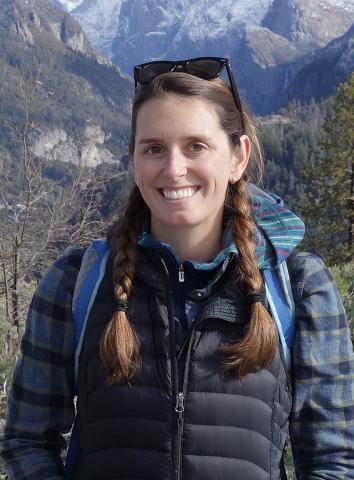Biology Seminar Series - Dr. M. Allison Stegner, Research Scientist, Stanford University
–
McCardell Bicentennial Hall 216276 Bicentennial Way
Middlebury, VT 05753 View in Campus Map
Open to the Public

Biotic and Abiotic Signals of the Anthropocene in the Geologic Record
Dr. M. Allison Stegner, Research Scientist, Stanford University
Humans have been altering our planet throughout the Holocene, but the scale of impacts increased dramatically in the mid-20th century, representing the start of the proposed Anthropocene Epoch. These pervasive anthropogenic impacts are comparable in magnitude, uniqueness, and geologic perseverance to the global changes that mark previous major geologic time intervals. To identify the geologic signals that characterize the Anthropocene, we studied sediment cores from Searsville Reservoir, a ~130 year old reservoir located at Jasper Ridge Biological Preserve in the eastern foothills of the San Francisco Peninsula, California. One of these cores is being considered as the “golden spike” for the Anthropocene.
M. Allison Stegner is a paleoecologist whose research synthesizes modern, historic, and deep-time records to study how species and ecosystems have responded to past environmental changes. She received a B.S. in Biology from Stanford University, and a Ph.D. in Integrative Biology from the University of California, Berkeley. She continued on to a postdoctoral position at the University of Wisconsin, Madison where she was a member of the Abrupt Change in Ecological Systems Group, followed by a postdoc at Stanford University’s Jasper Ridge Biological Preserve. Stegner is currently a research scientist at Stanford where she uses lacustrine sediment cores to characterize the biotic and abiotic changes which have precipitated the Anthropocene epoch.
- Sponsored by:
- Biology
Contact Organizer
Thompson, Missey
mathomps@middlebury.edu
443-5258

